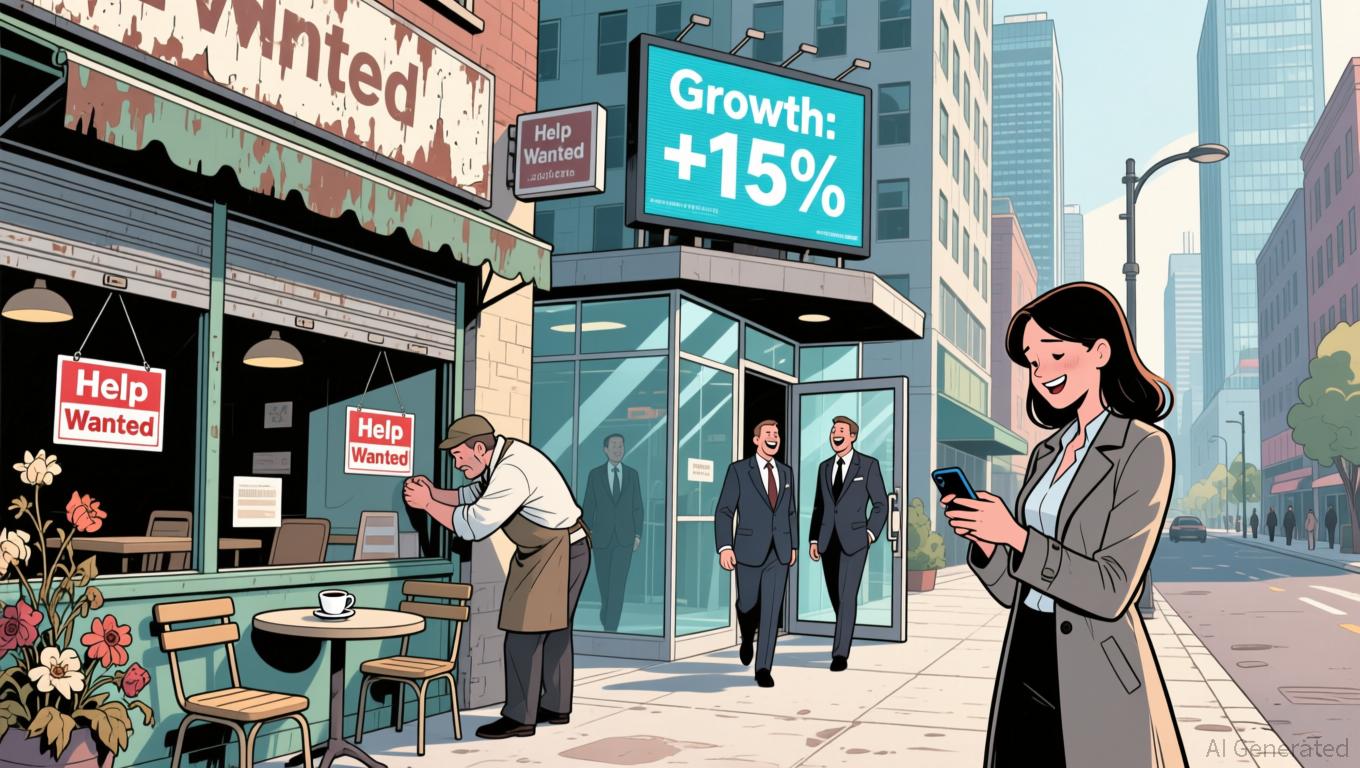American companies are letting go of workers at a rapid rate, with
the ADP National Employment Report showing
an average of 2,500 layoffs each week during the four weeks leading up to November 1, 2025. The report, which reveals a significant gap between large corporations and smaller businesses, points to increasing vulnerability in the job market as economic challenges intensify. Small and mid-sized companies, which employ about 75% of the U.S. workforce,
eliminated 21,000 and 10,000 positions respectively
in October, while large organizations (with over 500 staff) added 73,000 jobs.
Nela Richardson, chief economist at ADP,
cautioned that the difficulties faced by smaller businesses
pose a "concern" for the wider economy. This warning comes as several major companies have recently announced significant job cuts, including
IBM
(-8,000),
Amazon
(-14,000),
UPS
(-48,000), and Target (-1,800)
based on available figures
. Challenger, Gray & Christmas noted
153,000 layoffs in October alone
, a 79% increase from the previous month and the highest October total since 2003.
Layoffs so far this year have surpassed 1.1 million
, making 2025 the most challenging year for job losses since 2009.
The worsening job market is also evident in the rising unemployment rate among young people.
In October, the unemployment rate for U.S. men aged 20-24 reached 10%
, the highest since the pandemic and a worrying sign for the broader economy. At the same time,
the U6 unemployment rate stands at 8.1%
, which is much higher than the U3 rate of 4.5%, highlighting deeper issues in the labor market.
. In this environment, major technology companies are dealing with both regulatory and financial hurdles.
Amazon and Microsoft are under investigation by the European Commission
as part of the Digital Markets Act (DMA), focusing on possible anti-competitive behavior in the cloud sector. The probe will look into issues like interoperability barriers, limits on data access, and bundling tactics,
with results anticipated within 18 months
. In a separate development,
Amazon has secured $15 billion
through its first U.S. bond issuance since 2022, reflecting a broader move among tech firms to raise funds for AI infrastructure. The bond sale, which drew $80 billion in initial interest, follows similar financing efforts by Alphabet, Meta, and Oracle as these companies invest in AI-driven expansion
according to industry analysts
.
Fitch Ratings has maintained Amazon's strong credit profile
by assigning a "AA-" rating to its proposed bond, citing the company's leadership in both e-commerce and cloud services. Despite short-term challenges in retail,
Fitch pointed to Amazon's $155 billion trailing twelve-month EBITDA
and AWS's 25% yearly growth as major advantages. The agency
forecasts EBITDA growth of 10%
over the medium term, driven by AWS's expansion and ongoing AI investments.
The Federal Reserve's next steps remain unclear
, but current employment trends indicate that rate cuts could begin as early as 2026. With job market weakness concentrated among smaller businesses and youth unemployment on the rise,
central bankers may soon be under increasing pressure
to reduce interest rates and help support demand.

